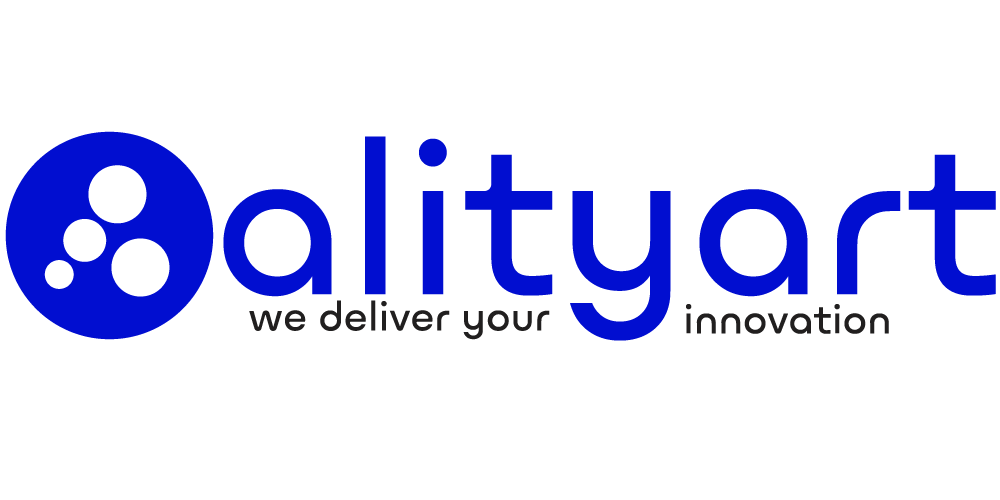
Designing Digital Classrooms: How Art and Innovation Transform Online Learning
Concept Overview
This post explores how thoughtful web design can revolutionize the way online learning is delivered. Using inspiration from innovative platforms (like Ality Art’s learning page), you can break down the strategies that bridge aesthetics with functionality to create immersive digital classrooms. The post speaks to educators, institutions, and edtech companies, as well as businesses looking to implement learning management systems.
Potential Structure and Key Points
- Introduction: Setting the Stage for Digital Learning
- Hook: Open with a compelling statistic or story about the growth of online learning and its impact on education worldwide.
- Vision: Explain how a well-designed educational website can inspire learners and simplify complex content.
- Relevance: Draw a quick connection between traditional learning methods and their digital transformation.
- Learning from Art and Innovation
- Visual Storytelling: Discuss how art and creativity can be leveraged to create memorable user experiences that engage students and motivate lifelong learning.
- Case Study Example: Briefly analyze a platform like Ality Art’s learning page. Point out standout design features such as layout fluidity, easy navigation, and engaging multimedia that simplify learning.
- Designing for Engagement and Clarity
- User-Centered Design: Highlight best practices in designing interfaces that cater to diverse learners. Emphasize accessibility, responsive design, and intuitive navigation.
- Interactive Elements: Detail how animation, micro-interactions, and dynamic visuals transform a static website into an interactive learning hub.
- Content Integration: Explain how typography, color schemes, and imagery can be optimized to highlight key educational content and facilitate better information retention.
- Tools and Techniques for the Modern Digital Classroom
- Emerging Technologies: Share insights into how augmented reality (AR) or virtual reality (VR) components can add depth to learning scenarios, making abstract concepts more tangible.
- Design Systems: Talk about the importance of having a robust design system that standardizes elements for consistency across educational modules.
- Analytics for Continuous Improvement: Suggest how leveraging user data can help refine design choices that improve learner engagement and content accessibility.
- Putting It All Together: A Step-by-Step Guide
- Blueprint: Offer a clear roadmap for agencies or businesses planning to revamp their educational websites—from the initial ideation phase to prototyping and user testing.
- Practical Tips: Include actionable advice, such as design sprints focused on user feedback or the use of wireframes and mockups to visualize the end product.
- Real-World Success: Incorporate mini case studies or examples of brands that transformed their learning experience through innovative design.
- Conclusion and Call-to-Action
- Recap: Summarize the core themes—highlighting how art-infused design meets functional innovation to shape effective digital learning.
- Invitation: Invite readers to contact your agency for a consultation or demo to see how these transformative design strategies can elevate their online learning platforms.
Additional Angles to Enhance the Post
- Expert Interviews: Integrate quotes or insights from designers who specialize in educational interfaces. This could add credibility and varied perspectives.
- Visual Comparisons: Include before-and-after design mockups or interactive sliders to let readers visually appreciate the transformation.
- Supplementary Resources: Provide downloadable checklists or design templates that help educators or web developers implement the discussed strategies.


Leave a reply
You must login or register to add a new comment .